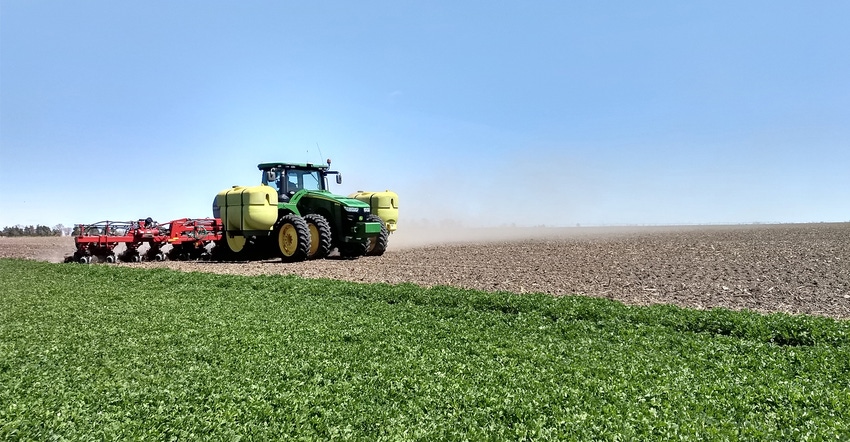June 28, 2021

Agricultural producers make hundreds of decisions every day in a very challenging environment. Complex biological interactions, weather and market uncertainties, and unreliable machinery — among many other things — make for a dynamic environment with several short- and long-term objectives competing for attention.
At times, this leads to bad habits to avoid complexity. One bad habit is to procrastinate until the decision becomes less complex. However, waiting until uncertainty has passed or a machine finally breaks down often leads to fewer and less favorable alternatives to choose from.
Another bad habit is overreliance on outside experts to provide an answer. Expertise is valuable. However, the unique internal context in which a producer is making a decision may not be fully understood by an outside expert.
Ultimately, the decision-maker bears responsibility for assembling good information and making a timely decision even in the toughest of circumstances. Only the decision-maker can build the good habits that lead to good decisions and good outcomes on a more consistent basis.
Developing objectives
One habit producers should get into is taking the time to establish the context for each decision. This includes identifying the objectives you hope to achieve by making the decision. What is the best-case scenario after making the decision that would make you really happy? What scenario do you most want to avoid?
For significant decisions, these objectives should be written down and checked for consistency with the farm or ranch vision, mission and goals. A good set of objectives can be used over and over again for related decisions to consistently guide the farm or ranch in the direction you want it to go.
Three other components are important to finish establishing the context for a decision. One is the internal context or situation within the farm or ranch you are dealing with as you make the decision. This includes strengths and weaknesses of the farm or ranch, resources available, knowledge, skills, established policies, and anything else on the farm or ranch that may influence the choice being made.
Another related component is the external context or situation outside the farm or ranch. This external context includes market information, public policies, technology changes, and other threats or opportunities for the farm or ranch.
Finally, risk and uncertainties related to the decision should be identified. Identifying things that are known and things that are unknown can go a long way toward identifying useful information to gather, and actions that can be taken to deal with the threats and opportunities on the horizon.
Solid foundation
Establishing the context for a decision, the objectives for making it, the internal and external situations, and risks and uncertainties provides a solid foundation for creating a good set of alternative actions.
While farming and ranching poses unique decision-making challenges, most producers understand the tendency to procrastinate or rely too much on outside expertise to deal with complexity leads to lost opportunities to implement the best alternative for their decision situation.
Understanding decisions that need to be made today and decisions that can be made later, and linkages between the two, is important. Constructing a decision tree outline is good place to start unraveling the complexity of a series of related decisions.
A decision tree outline provides a timeline for important decisions and uncertainties through a relevant planning horizon. The figure illustrates an example decision tree outline for a corn farmer. Decisions are designated by a box. Uncertainties are designated by a circle.

The purpose of the outline is to recognize a series of linked decisions and uncertainties so, once context is established, it can be updated and reused throughout the year to produce consistently good decisions. Details can be added to the tree throughout the year to help clarify the information available and inform the decision-maker.
In summary, it is difficult to imagine a more challenging decision-making environment than the environment faced by an agricultural producer. It is ripe for producing positive benefits from building good decision-making habits.
Parsons is a University of Nebraska-Lincoln professor in agricultural economics.
You May Also Like




